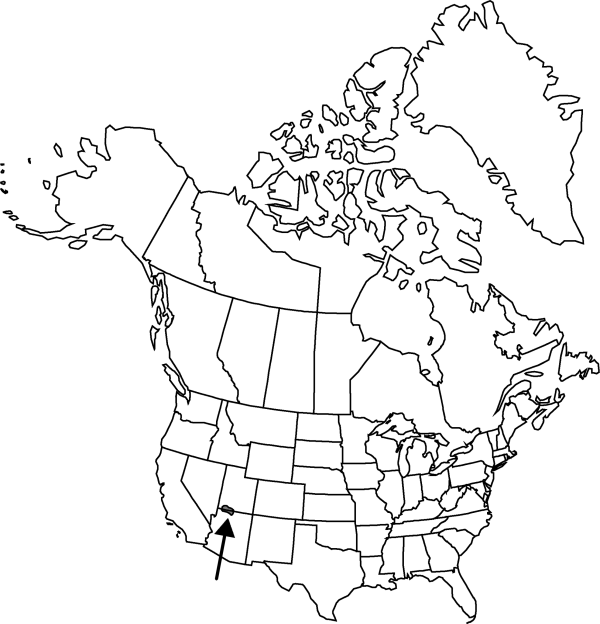Difference between revisions of "Opuntia pinkavae"
Rhodora 99: 223, fig. 1. 1998.
FNA>Volume Importer |
FNA>Volume Importer |
||
| Line 32: | Line 32: | ||
-->{{#Taxon: | -->{{#Taxon: | ||
name=Opuntia pinkavae | name=Opuntia pinkavae | ||
| − | |||
|authority=B. D. Parfitt | |authority=B. D. Parfitt | ||
|rank=species | |rank=species | ||
| Line 47: | Line 46: | ||
|publication year=1998 | |publication year=1998 | ||
|special status= | |special status= | ||
| − | |source xml=https://jpend@bitbucket.org/aafc-mbb/fna-data-curation.git/src/ | + | |source xml=https://jpend@bitbucket.org/aafc-mbb/fna-data-curation.git/src/f50eec43f223ca0e34566be0b046453a0960e173/coarse_grained_fna_xml/V4/V4_280.xml |
|subfamily=Cactaceae subfam. Opuntioideae | |subfamily=Cactaceae subfam. Opuntioideae | ||
|genus=Opuntia | |genus=Opuntia | ||
Revision as of 21:39, 16 December 2019
Shrubs, low, with ascending to prostrate branches, 10–25 cm. Stem segments not disarticulating, green, flattened, narrowly to broadly obovate, 6.5–15 × 3–11 cm, low tuberculate, glabrous to papillate; areoles (4–)7–8 per diagonal row across midstem segment, subcircular, 3–3.5 mm diam.; wool white. Spines (0–)1–3(–4) per areole, in distal 20–50(–70)% of areoles, porrect to reflexed, yellow-gray to whitish gray, sometimes brown in basal 1/2, straight, sometimes curved, usually flattened, slender, longest (35–)50–70 mm. Glochids conspicuous, in broad, dense crescent at adaxial margin of areole, red-brown, to 4 mm, sides sometimes converging into columns. Flowers: inner tepals magenta throughout, 25–35 mm; filaments yellow to red-orange to magenta; anthers yellow; style white; stigma lobes green. Fruits tan, 20–30 × 18–20 mm, maturing dry, glabrous to papillate; areoles (16–)24–34, distal areoles bearing 1–4 short spines. Seeds tan, oval to subcircular, 6.5–8 mm, warped; girdle protruding 1.5–2 mm. 2n = 88.
Phenology: Flowering late spring (May–Jun).
Habitat: Grasslands, margins of pinyon-juniper woodlands, red, sandy or limestone loam soils
Elevation: 1400-1600 m
Discussion
Opuntia pinkavae hybridizes with O. aurea. The name O. pinkavae replaces Opuntia basilaris var. woodburyi W. Earle, which was not validly published.
Selected References
None.
